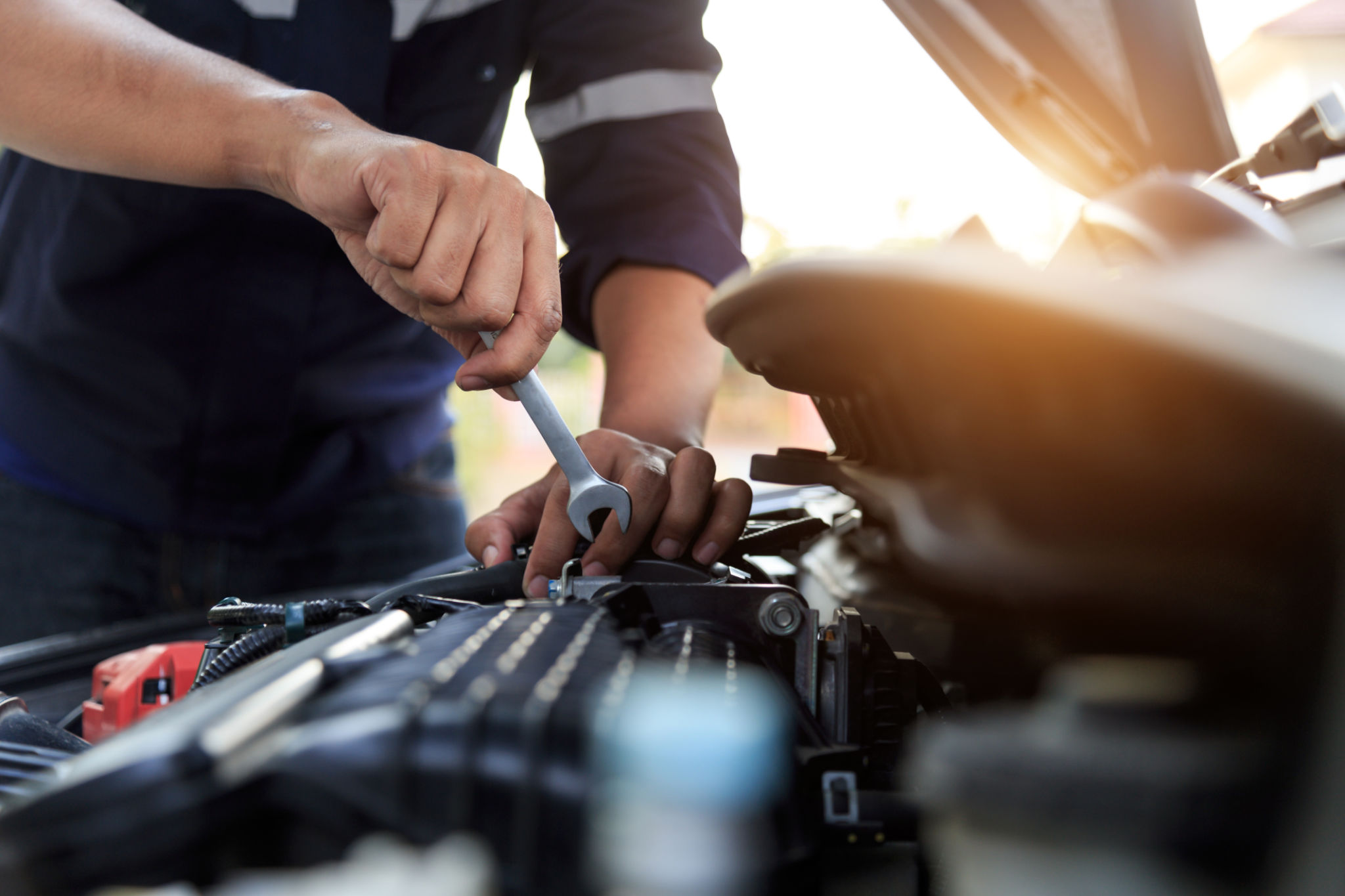Ceramic Coatings vs. Traditional Wax: Which is Better for Your Car?
Understanding Ceramic Coatings
Ceramic coatings have become increasingly popular among car enthusiasts and everyday drivers alike. These coatings are a liquid polymer that chemically bonds to the vehicle's factory paint, creating a layer of protection. The primary advantage of ceramic coatings is their ability to provide a durable, long-lasting shield against environmental contaminants such as dirt, grime, and UV rays.
One of the standout features of ceramic coatings is their hydrophobic nature. This means that water, along with any dirt or grime, beads up and rolls off the surface, making cleaning significantly easier. Additionally, ceramic coatings can enhance the depth and clarity of your car's paint, giving it a glossy, showroom-like finish.

Maintenance and Longevity
When it comes to maintenance, ceramic coatings require less frequent attention compared to traditional wax. Once applied, a ceramic coating can last anywhere from two to five years, depending on the quality of the product and how well you maintain your car. This longevity makes it a cost-effective option for those looking to preserve their vehicle's aesthetic and value.
However, achieving optimal results with ceramic coatings often requires professional application, which can be costly upfront. It's important to weigh this initial investment against the long-term benefits and savings in maintenance efforts.

The Traditional Wax Approach
Traditional car wax has been a trusted choice for car owners for decades. Wax creates a protective barrier over the car's paint, offering a degree of protection against minor scratches, UV rays, and environmental pollutants. Unlike ceramic coatings, wax is relatively easy to apply and can be done at home with minimal equipment.
Car waxes come in various forms such as paste, liquid, and spray. They are generally more affordable than ceramic coatings and provide an immediate shine that enhances the vehicle’s appearance. However, traditional wax requires more frequent reapplication—typically every few months—to maintain its protective qualities.

The Cost Factor
When considering the cost, traditional wax appears more budget-friendly due to its lower initial price. However, frequent reapplications can add up over time. In contrast, while ceramic coatings have a higher upfront cost, their longevity might make them more economical in the long run.
It's essential to evaluate your budget and how often you're willing to invest time in maintaining your car's exterior when choosing between these two options.
Which Is Better for Your Car?
The choice between ceramic coatings and traditional wax ultimately depends on your specific needs and preferences. If you're seeking long-lasting protection with minimal maintenance, a ceramic coating might be the better option. It offers superior durability and ease of cleaning, which can be particularly beneficial for those living in harsher climates.
On the other hand, if you prefer an affordable solution with the flexibility to frequently change or update your car's shine, traditional wax could be more suitable. It allows for regular enhancement of your vehicle’s appearance without significant financial commitment.

Conclusion
Both ceramic coatings and traditional wax have their unique advantages and disadvantages. By understanding the key differences between these two options, you can make an informed decision that aligns with your car care goals and budget. Whether you opt for the advanced protection of ceramic coatings or the classic appeal of traditional wax, maintaining your vehicle's exterior will ensure it remains looking its best for years to come.
